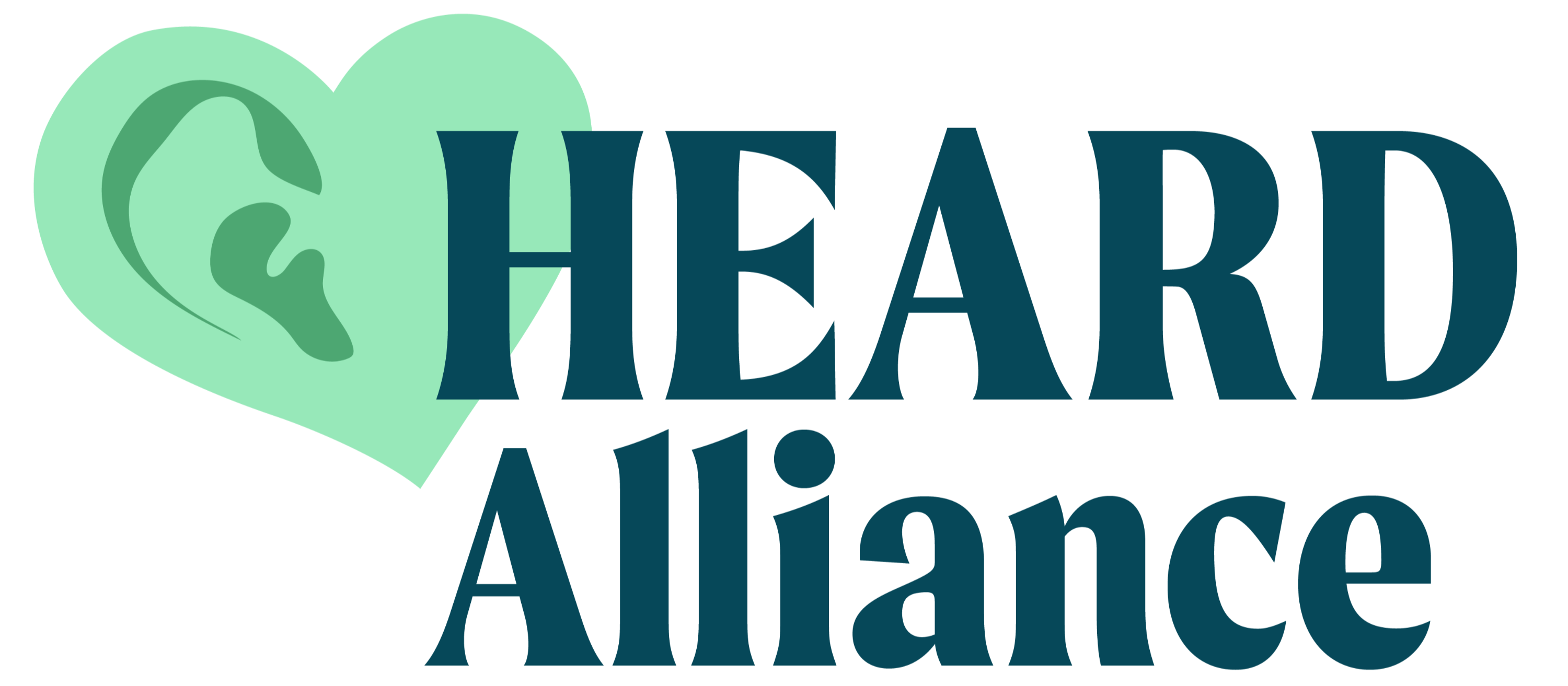This website is currently under construction. For up-to-date information, please visit heardalliance.org.

Crisis Intervention in Schools


Learn about the five steps to have in place to effectively respond during student mental health crises.
When a student is showing signs of a mental health crisis or showing concerning behavior, schools should respond immediately to ensure student safety, assess risk, and connect the student with appropriate support and resources. Here are 6 steps schools should take immediately to support and protect struggling students.
1. Establish a Crisis Response Team (CRT) and clearly define its members' roles.
A Crisis Response Team (CRT) is a critical part of a school's approach to addressing student crises, particularly those involving suicidal thoughts or behaviors. Comprised of school administrators, mental health professionals, medical staff, and designated support personnel, the CRT ensures a coordinated response, risk assessment, crisis intervention, and postvention support, helping to maintain student safety and connect at-risk individuals with appropriate care.
2. Implement a system for identifying and monitoring at-risk students.
Schools should implement a proactive system for identifying and supporting at-risk students by educating staff, students, and families on mental health, training staff to recognize warning signs, and establishing clear referral pathways for those in distress.
Once identified, at-risk students should receive structured intervention via the CRT, ongoing monitoring, safety planning, and coordinated re-entry support after a crisis, with thorough documentation to ensure effective follow-up and care continuity.
3. Establish clear intervention protocols.
Schools should implement structured intervention protocols based on the level of suicide risk, ensuring immediate action, student safety, and appropriate mental health support. For low-risk students, staff should notify a counselor, develop a safety plan, and involve parents as needed. For moderate to high-risk students, the Crisis Response Team (CRT) should conduct a risk assessment, engage crisis services, and coordinate next steps with parents. For extremely high-risk cases, staff must ensure constant supervision, contact emergency responders, and, if necessary, arrange hospitalization while maintaining clear communication with families and mental health professionals.
4. Create a safety plan with the student and their caregivers.
Safety planning is a collaborative intervention strategy developed, when appropriate, with the student, school personnel (such as a counselor or psychologist), and parents/guardians, with input from medical professionals for higher-risk cases. By identifying warning signs, coping strategies, support networks, professional resources, and ways to limit access to lethal means, safety plans provide personalized, actionable steps to help students navigate crises and reduce the risk of self-harm, requiring ongoing review and adaptation based on individual needs.
5. Ensure a smooth process for re-entry to school after an extended absence..
To ensure a smooth and supportive re-entry to school after a suicide attempt or mental health crisis, schools should develop an Individualized Re-entry Plan (IRP) in collaboration with the student, family, and relevant staff, incorporating medical recommendations, academic adjustments, and a reviewed safety plan. Ongoing monitoring, communication, and liaison support are essential to address potential challenges, maintain confidentiality, and ensure the student’s continued well-being during this high-risk period.
Access the complete K-12 Mental Health Promotion & Suicide Prevention Toolkit.











